Vineyards, Vaults and a Very Big Lunch
Into Bordeaux’s heart
The drive from our dock at Pauillac to Saint-Émilion took us deep into the heart of Bordeaux wine country—an hour and a half of winding roads, vineyard after vineyard, and postcard-worthy châteaux dotting the landscape. Along the way, we crossed a sweeping bridge high above the Garonne River, offering a brief but striking view over Bordeaux’s skyline, its spires and rooftops stretching out in the hazy morning light. We passed through sleepy villages, rows of perfectly aligned vines, and glimpses of the Dordogne River glinting in the distance. It was the kind of journey where the scenery keeps stealing your attention, and by the time we arrived, the medieval town of Saint-Émilion felt like the perfect reward.
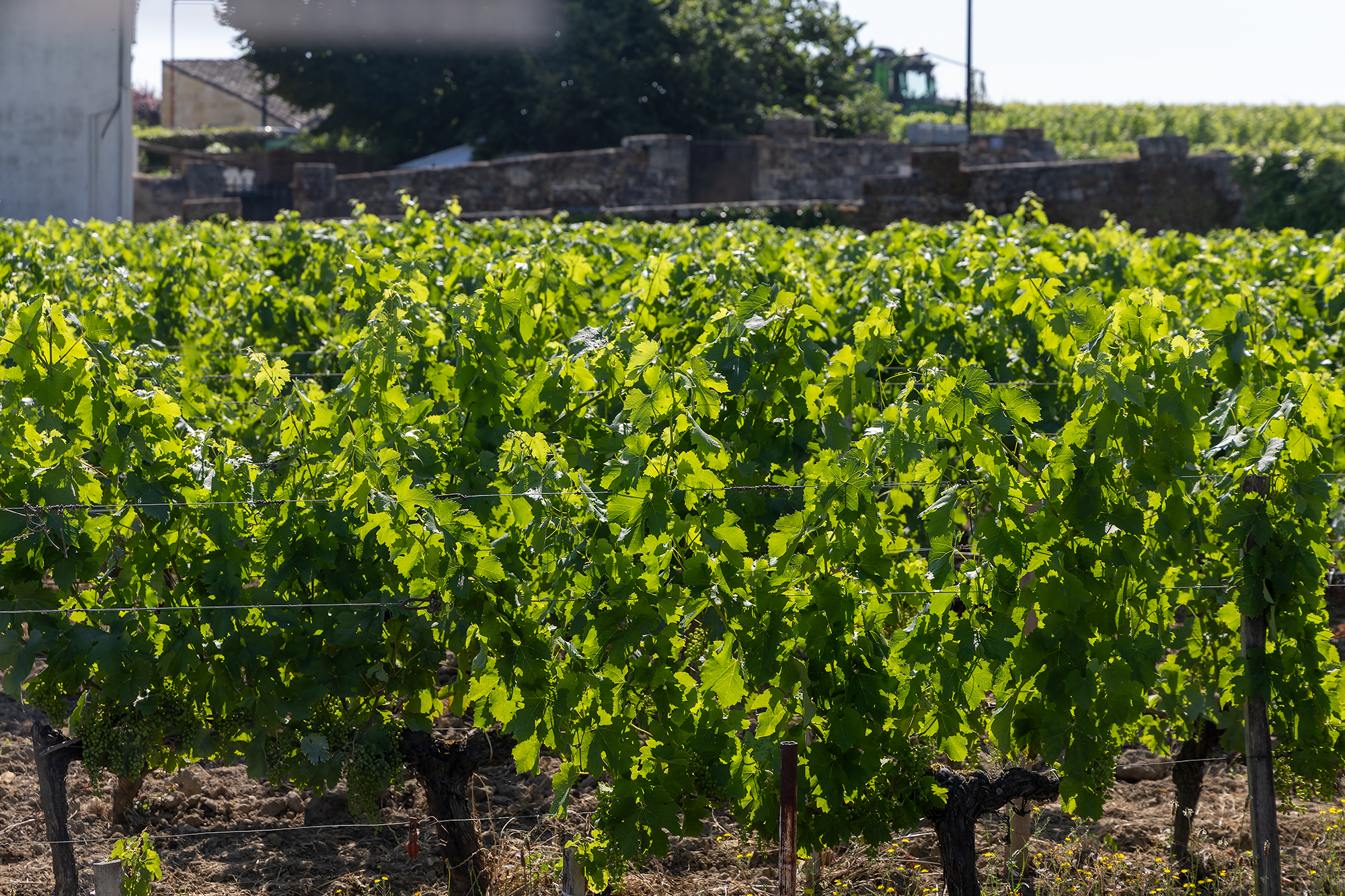
Of hermits and hidden cathedrals
The town of Saint-Émilion traces its roots back to the 8th century, when it was known as Ascumbas. A Breton monk named Émilion settled here as a hermit, living in a cave and gaining a reputation for his miracles and humility. After his death, the town took on his name and became a centre of pilgrimage.
One of the most fascinating legacies from that time is what lies beneath the town—a network of catacombs, and most impressively, the Monolithic Church, a vast underground church carved directly into limestone. It’s the largest of its kind in Europe, and stepping inside feels like entering a hidden cathedral, quietly keeping the memory of Saint Émilion alive.
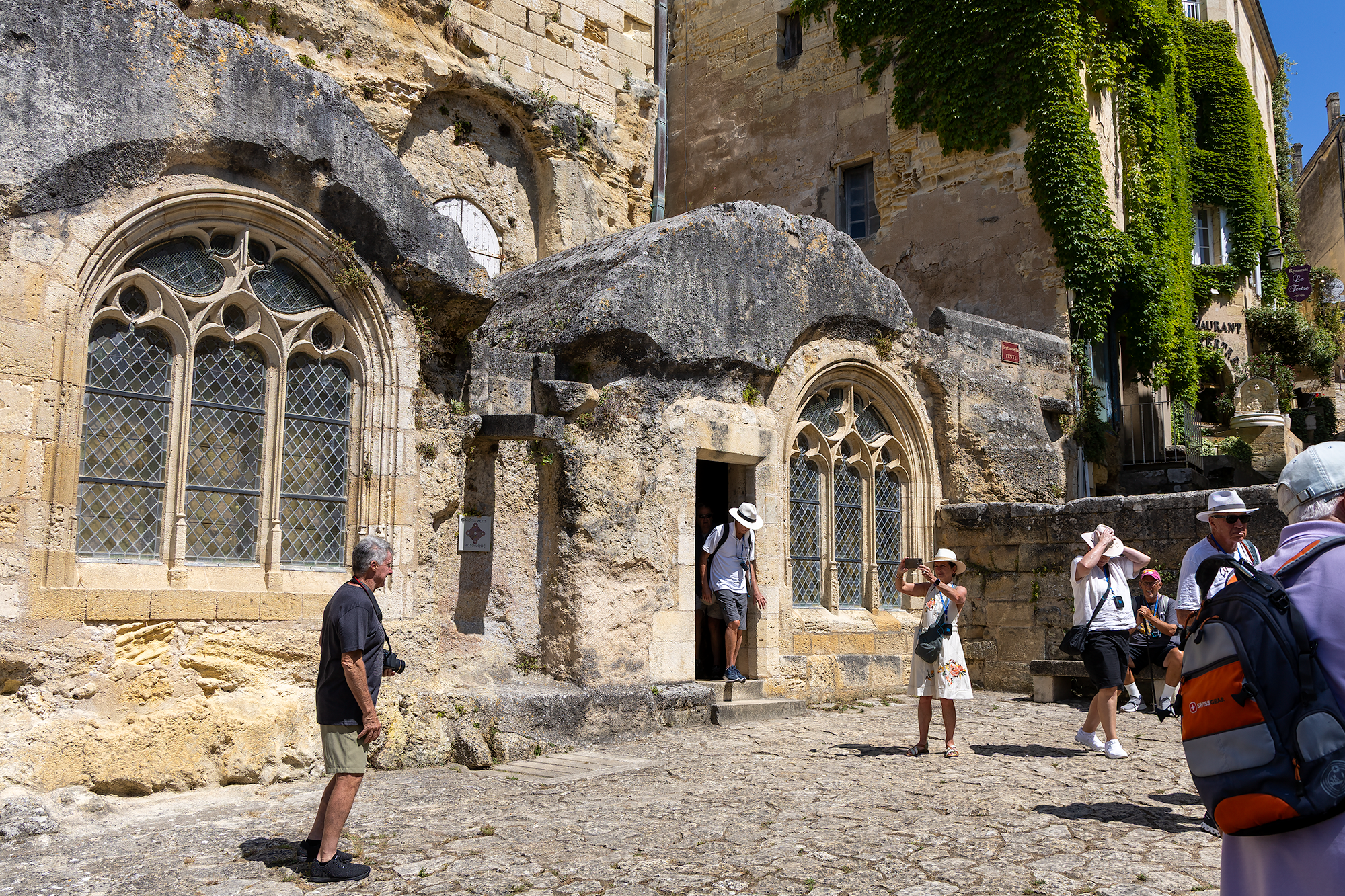
The church, dug out in the 11th century by Benedictine monks, is a marvel not just for its size but for its ambition. Entire pillars were sculpted from the existing rock to support the massive ceiling, and the space still carries an echo of devotion that makes it feel deeply spiritual, even in silence. Beside it, you’ll find Émilion’s cave, still intact, where he is said to have lived, prayed, and performed small miracles—like conjuring spring water by striking stone, and the chair that makes babies.
Above ground, just as charming
Above ground, the charm continues with cobbled streets, Romanesque architecture, and sweeping vineyard views—but it’s what’s underneath that gives the town its soul. For a place so closely tied to wine, it’s the layers of history—monastic, sacred, and carved by hand—that linger just as long as any vintage.
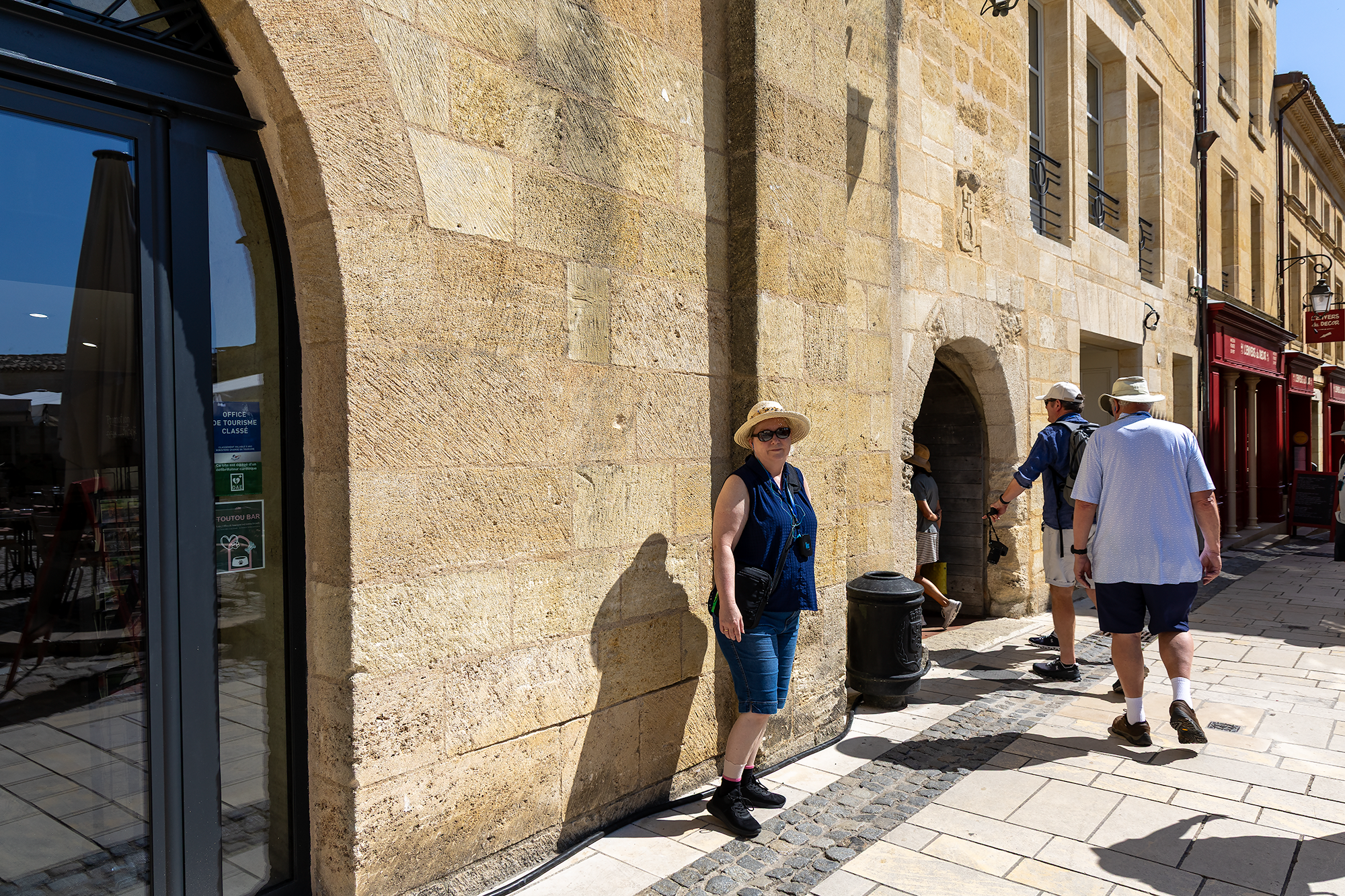
We had two hours of free time to explore the rest of the town and find some lunch. One of the guide’s suggestions caught our eye—not the Michelin-starred restaurant (with two stars!), but the one next door owned by the same person. The food was excellent, and perhaps even more importantly, it was blissfully air conditioned.
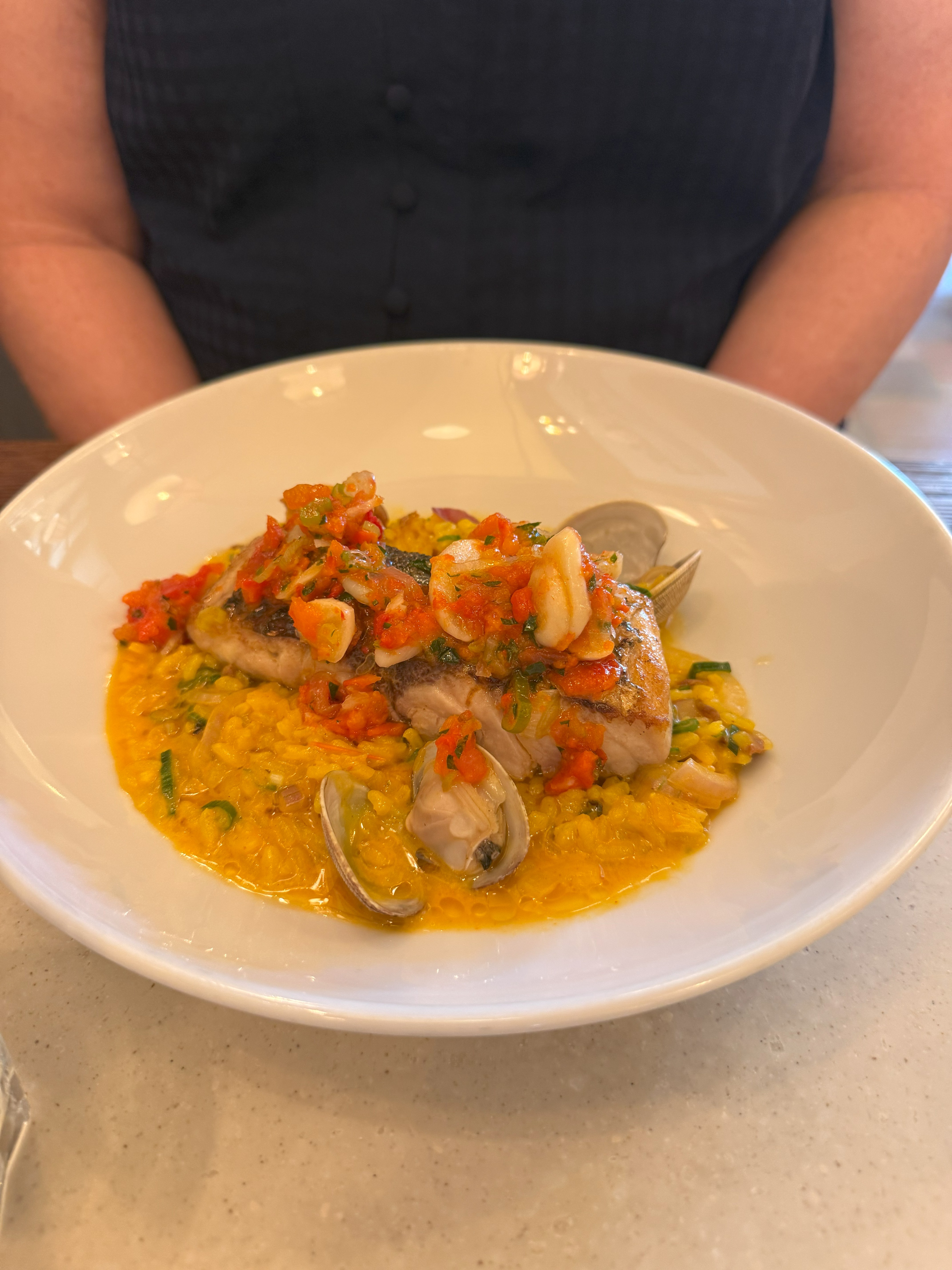
Heatwaves and highways
The return drive to the ship from Saint-Émilion was a slow, sun-soaked journey through the sweltering countryside, with the temperature pushing 35 degrees. The air outside shimmered with heat, and even the vineyards looked like they were wilting a little under the afternoon sun. Inside the bus, the air conditioning was doing its best, but everyone had that post-adventure quiet—the kind that sets in after a full day of walking, exploring, and trying not to melt.
We appreciated the comfort of our Scenic-branded coach—wrapped in photos of glaciers, penguins, and polar bears—which looked slightly out of place winding through the scorched French countryside. It might have been advertising Antarctica, but today it was hauling 30 heat-stunned Australians through Bordeaux.
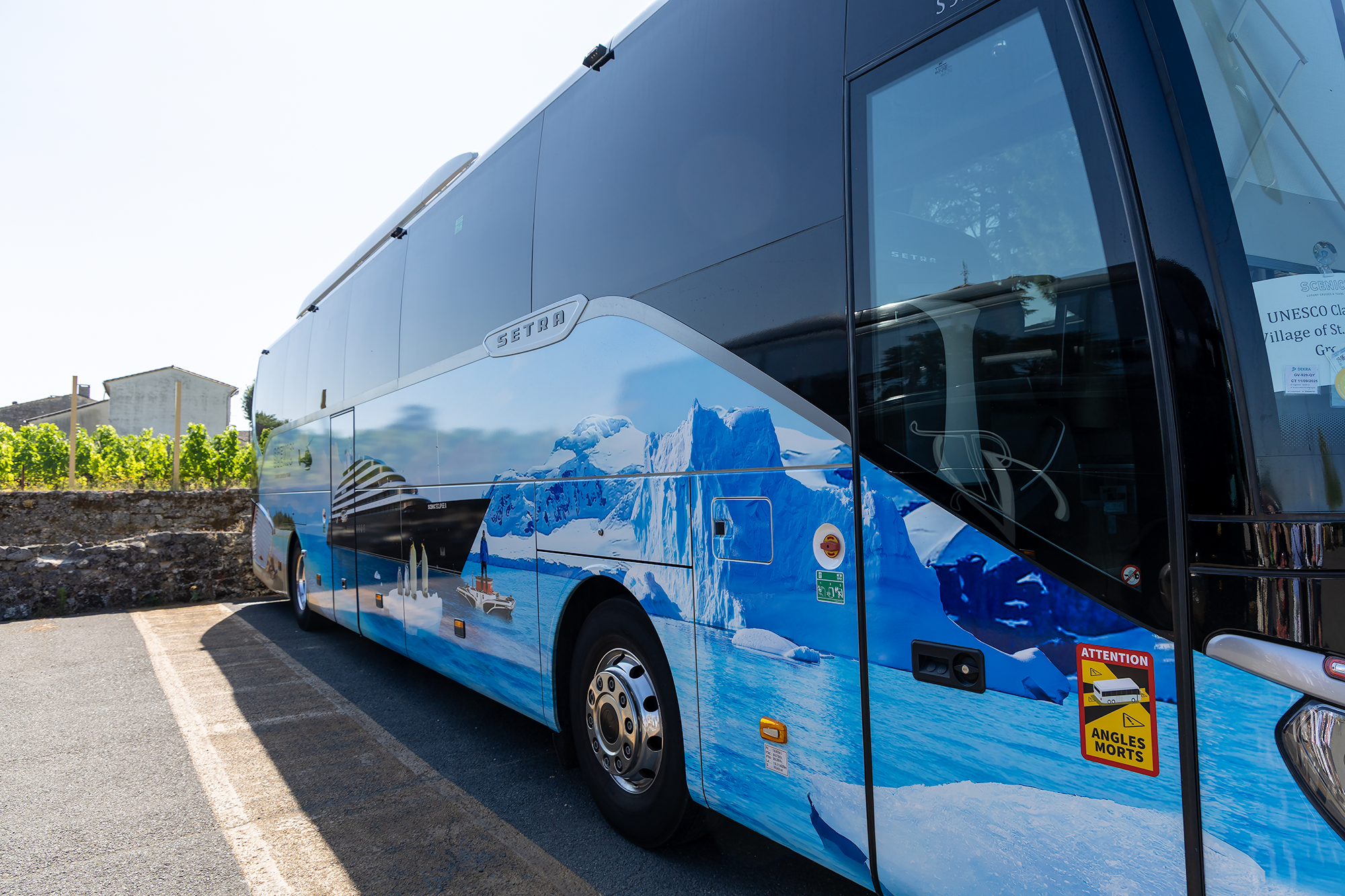
At one point, traffic slowed on the opposite side of the highway—cars crawling past a smoking vehicle on fire. As we passed, a fire truck was just arriving, lights flashing and smoke curling skyward. Just another entry in the “unexpected things we saw today” column.
Through the Médoc in style
Our drive to Pauillac had been unexpectedly scenic and a different route to the one we took this morning. We passed through the heart of the Médoc region, including Saint-Laurent-Médoc, a peaceful village surrounded by some of the world’s most prestigious vineyards. The road twisted gently between perfectly manicured rows of vines and grand, turreted gates that guarded the entrances to famous châteaux—many of which looked more like private palaces than working wineries.
Names like Château Pichon Longueville, Château Lynch-Bages, and Château Lafite Rothschild dotted the journey, their estates resting elegantly among the vines. Even from the road, the scale and beauty of these properties were impressive. It felt like driving through a wine lover’s dream—each turn revealing another name steeped in history, prestige, and the promise of a very good vintage.
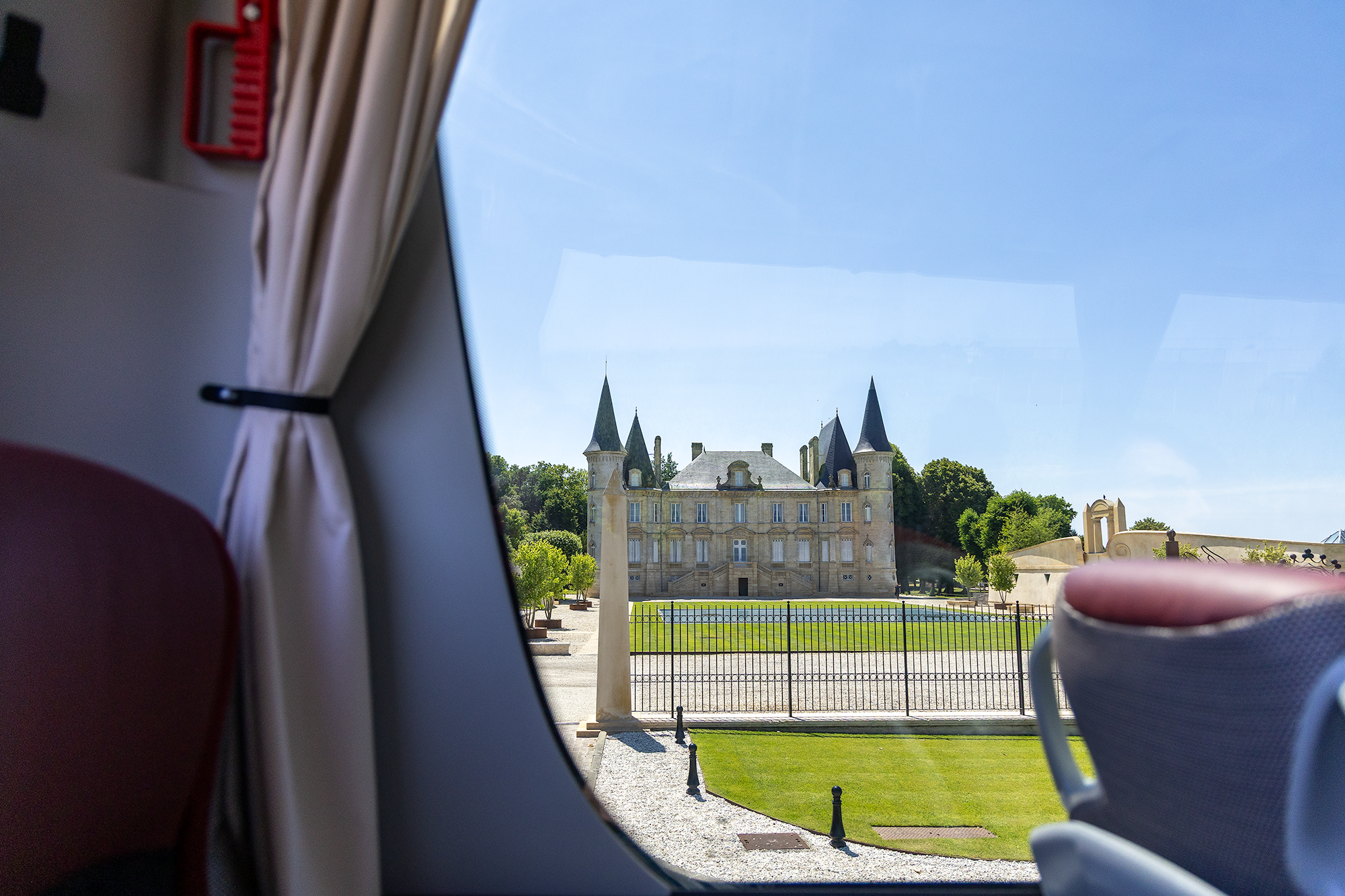
The Yacht Club feast
To cap off the day, the Yacht Club restaurant on board embraced the theme with a French-inspired feast. There were oysters, a whole suckling pig, a battalion of cheeses, meats, and enough desserts to cause a pastry-induced blackout.
The stars of the show? That perfectly crisp suckling pig and the made-to-order crêpes for dessert. Honourable mentions go to the gelato, chocolate puff balls, and rich slabs of cake. We overindulged—and knew it. Waddling back to our room was the only exercise we could manage.
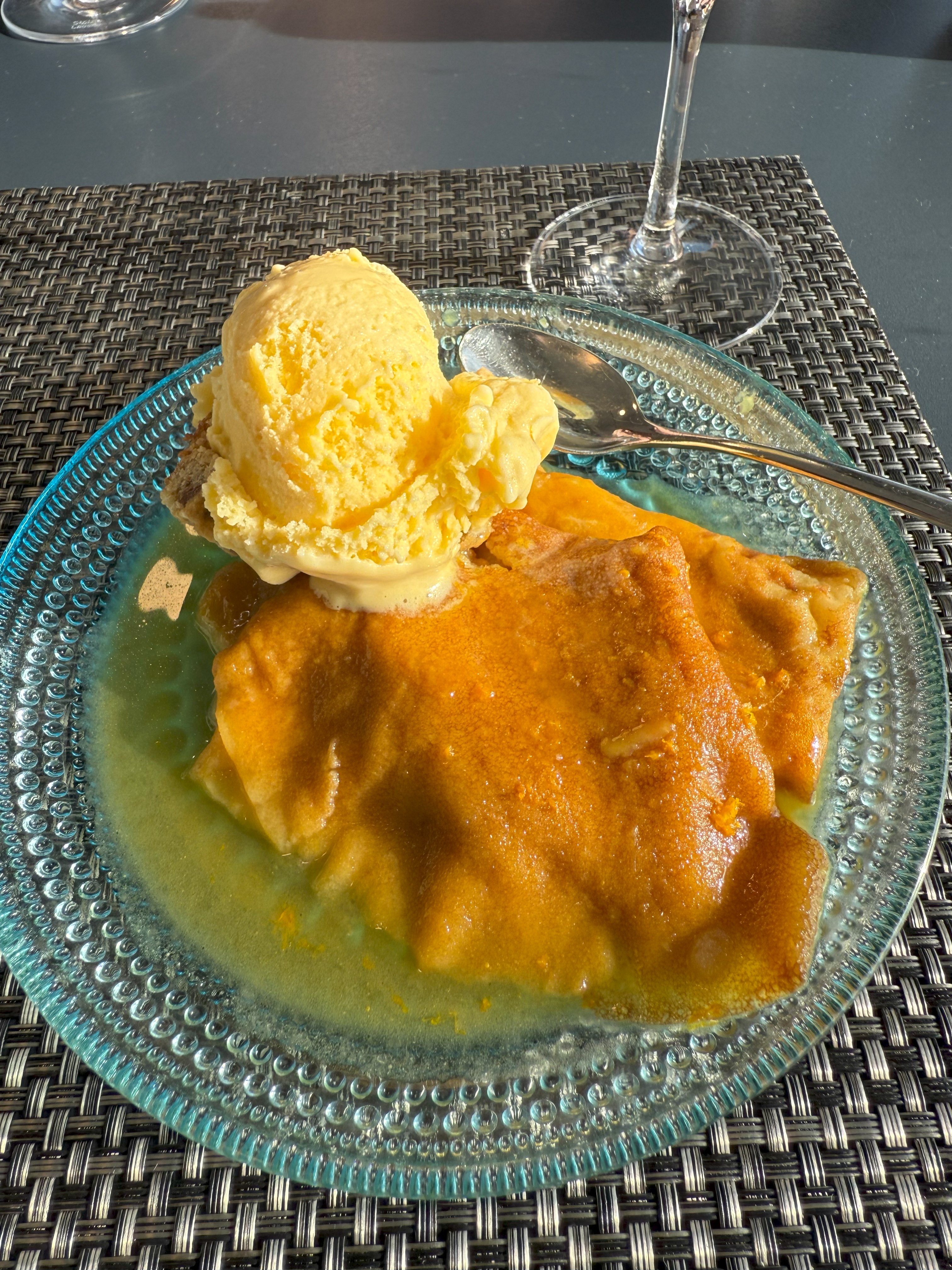
Rolling into bed
We were so full and so tired that the only thing left in the tank was watching a movie in the room. A great day—made even better by sharing it with the love of your life.